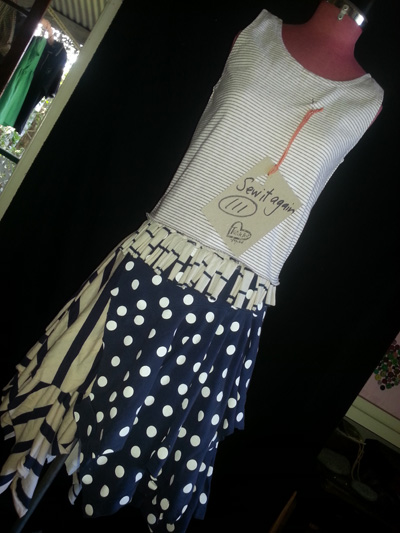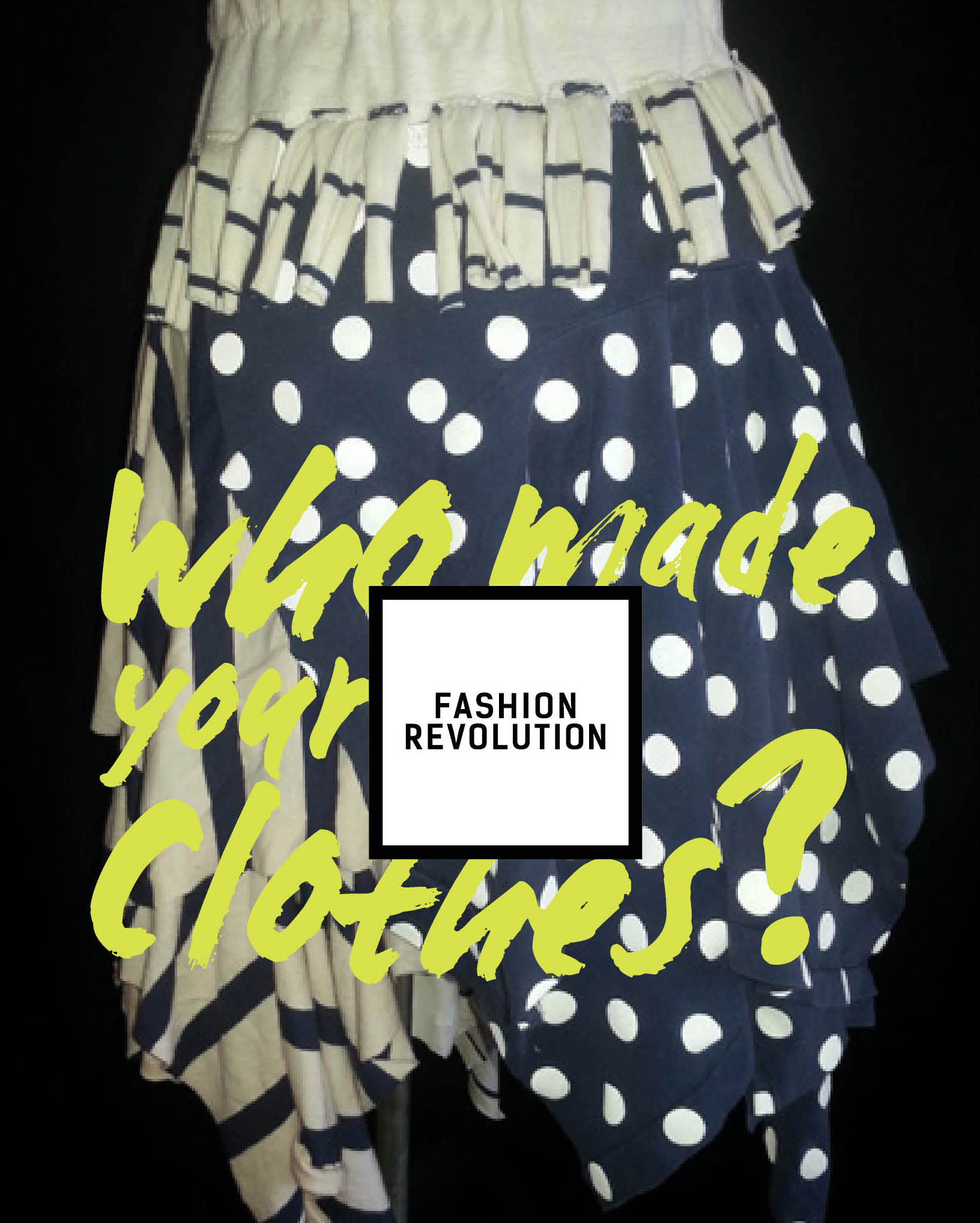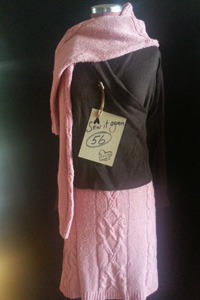 Fast fashion means new clothing has never been cheaper or more plentiful. The process of shopping, trying and buying clothing in stores (or online) is recreational therapy – replacing tailor-made or making your own clothes.
Fast fashion means new clothing has never been cheaper or more plentiful. The process of shopping, trying and buying clothing in stores (or online) is recreational therapy – replacing tailor-made or making your own clothes.
A recent Choice magazine article quotes Council of Textiles and Fashion Industries of Australia figures (based on value) that 92% of clothes sold in Australia are imported. Of these, 73% are made in China, 6% in Bangladesh, 2% in India, with the rest from Italy, Indonesia and other countries.
Global supply chains mean we have lost sight of the making process. Skills, knowledge, and understanding about where and how clothing is made are diminishing. The new clothing story is about consuming end results, limitless choice, on tap 24/7, then toss and replace once the gloss has gone (Americans toss 30kgs of clothing each per year).
 The Rana Plaza clothing factory collapse in Bangladesh this time last year exposed the dark underbelly of the fashion industry – sparking a global Fashion Revolution to inspire cultural, ethical, environmental and social change in the way we engage with our clothes.
The Rana Plaza clothing factory collapse in Bangladesh this time last year exposed the dark underbelly of the fashion industry – sparking a global Fashion Revolution to inspire cultural, ethical, environmental and social change in the way we engage with our clothes.
If you have Made in Bangladesh on your labels, read more about Where your clothes are really made in this well-researched Women’s Weekly article published six months after the Rana Plaza collapse.
The first Fashion Revolution Day campaign is Who Made Your Clothes? Take a look at the label, ask questions, consider whether it was ethically made by someone who was adequately compensated for their work. Post a selfie with the hashtag #insideout to support the campaign. Continue reading
